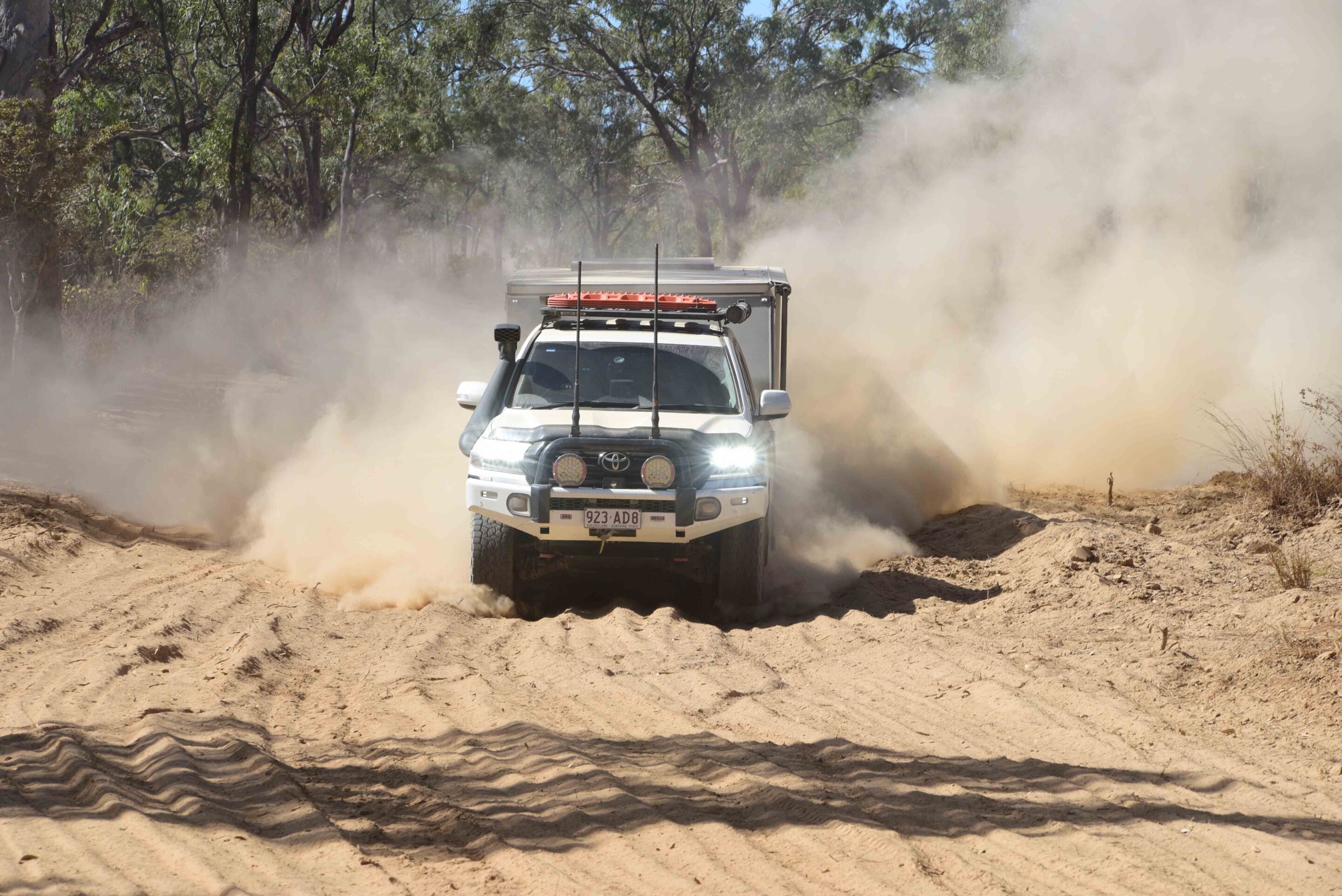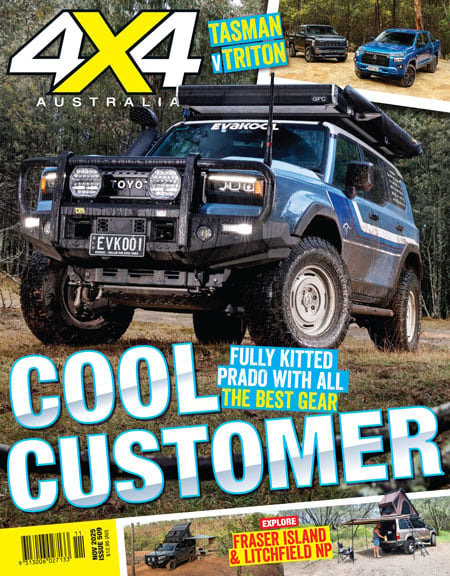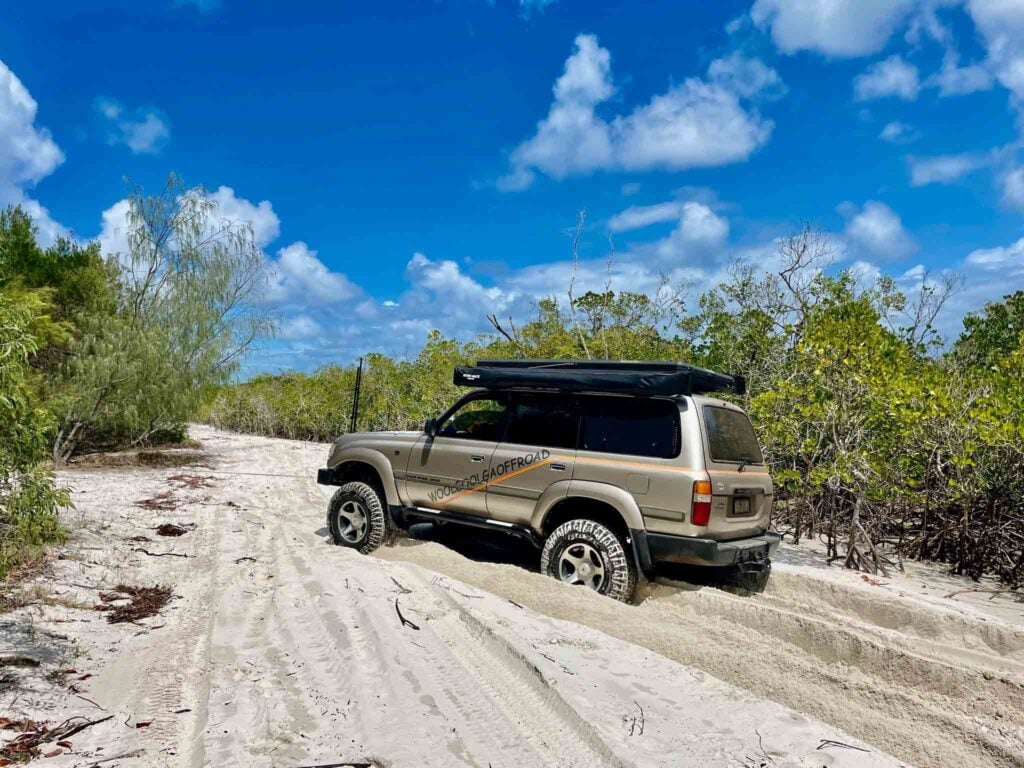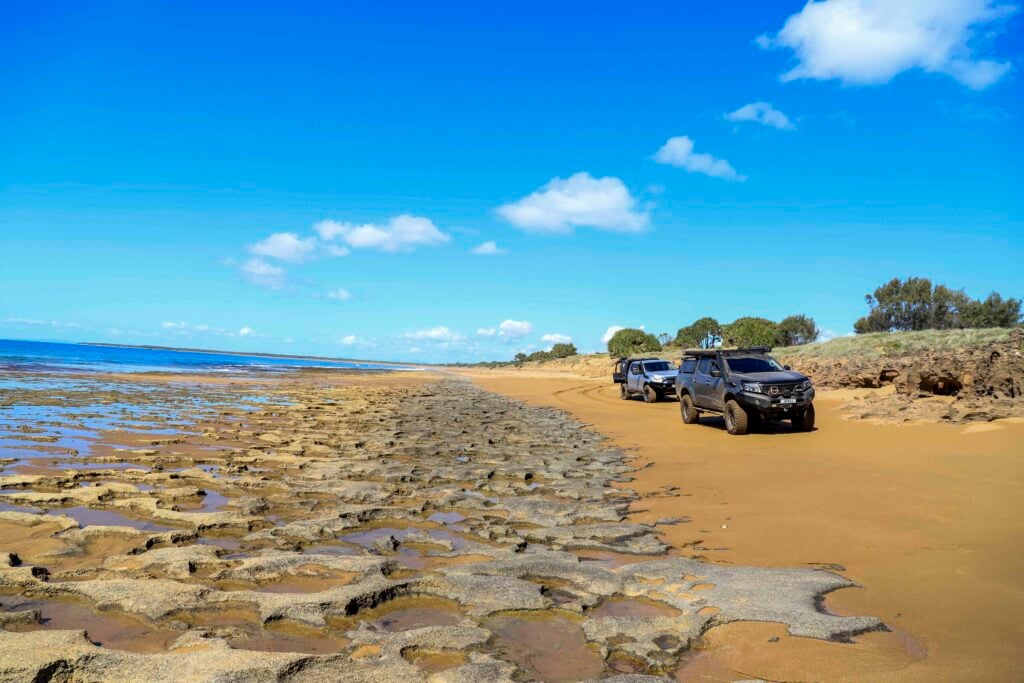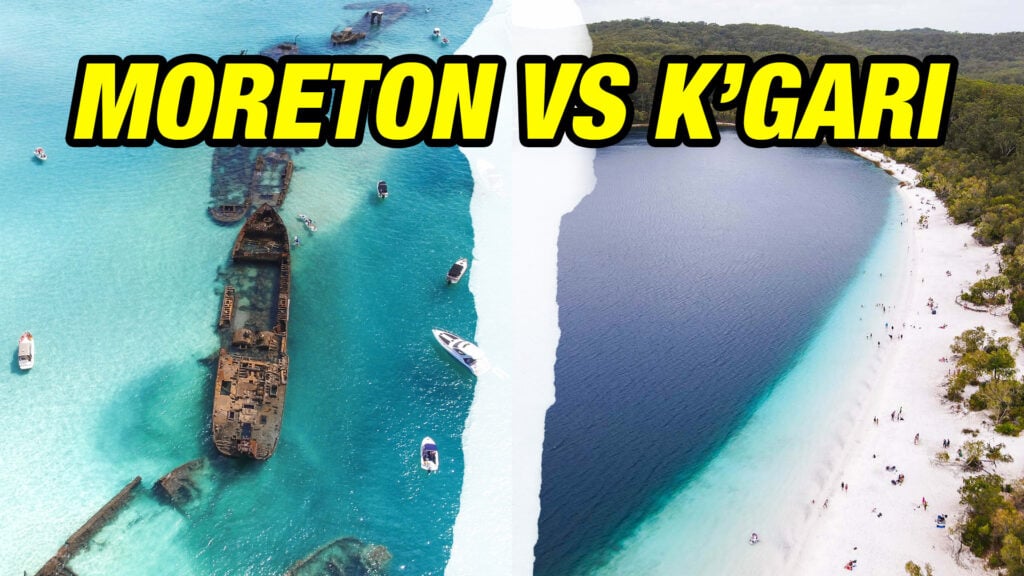We thumped into a narrow erosion gully. The Cruiser’s engine growled, suspension flexing as we climbed out of a sharp-edged gutter.
Minutes earlier, tall, thick grass had concealed countless obstacles. As we pushed forward, the grass gave way to drier pasture, etched by clefts from recent floods that submerged the Gulf Country under more than a metre of water.
In front, the local station manager zig-zagged ahead on his Honda trail bike, guiding us through broken ground and confused waterways. Carl had previously flown over the remote monument we sought while mustering cattle – but never reached it by vehicle. His near-photographic memory of the country brought our four-day search to a climax.
We were just metres away before spotting the weathered star-pickets marking the monument – nearly 40 years old, hidden in grass and scrub. A true testament to how hard it is to locate an isolated marker in such an immeasurable landscape, even with old map references and GPS data.
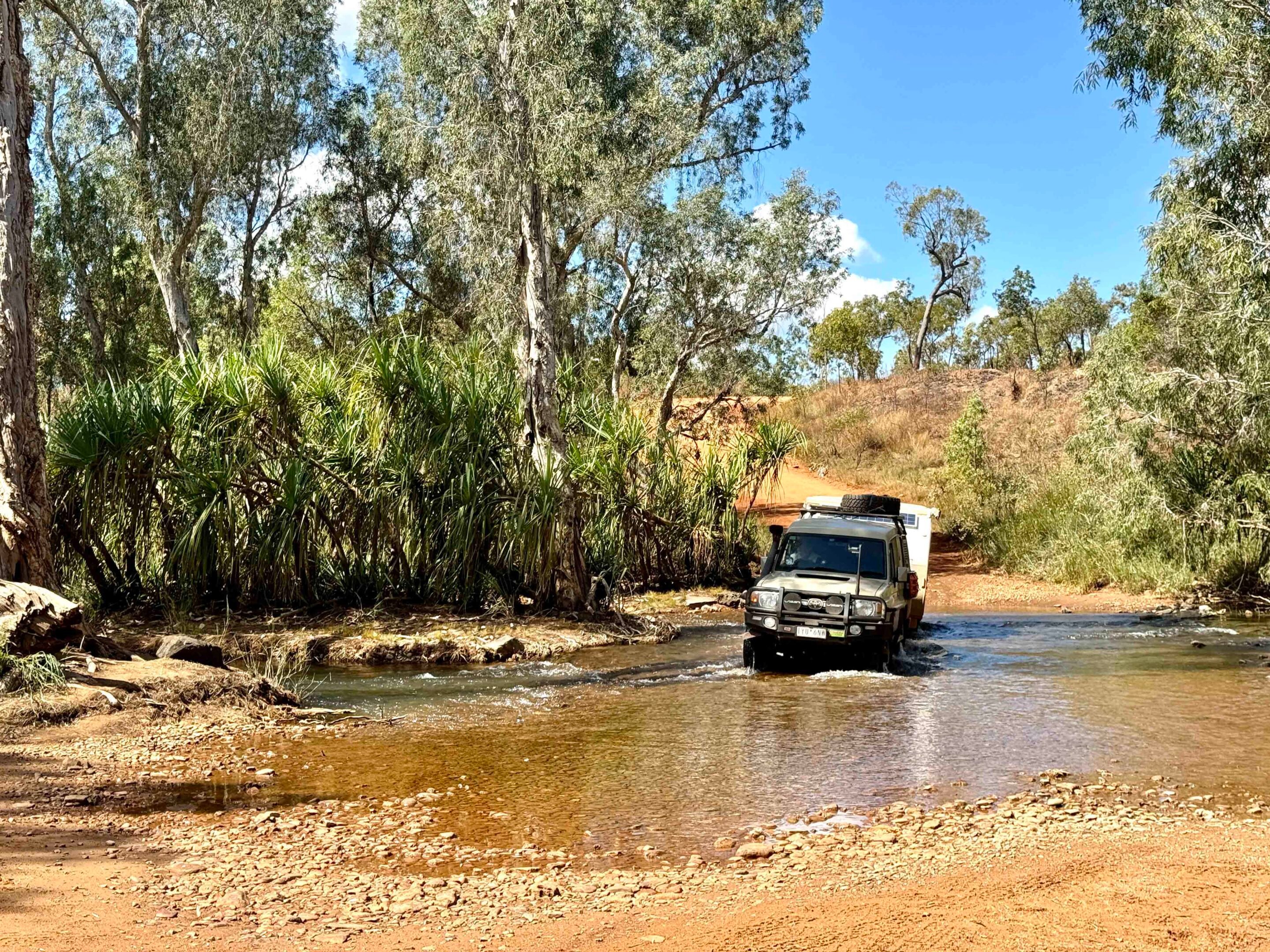
Following Leichhardt’s route through Queensland
Our journey, retracing Ludwig Leichhardt’s 1844-45 expedition, began north of Dalby in southeast Queensland. Leichhardt’s small party included five white men, a Black man, and two Aboriginals. With a few bullocks and 17 horses, they departed from Jimbour Station – then on the edge of European settlement – in October 1844.
Their goal: to reach Port Essington on Australia’s north coast. Planned for six months, the trip stretched to 15, ending on 17 December 1845. Leichhardt’s leadership shone – only one death, and no scurvy.
Our expedition, modern yet remote, took us from Jimbour Homestead into varied, spectacular terrain – sweeping plains, rugged gorges, and across rivers like the mighty Burdekin. We explored Leichhardt’s Valley of Lagoons and followed the Lynd River to where it meets the mighty Mitchell River. From there, we entered the vast cattle stations straddling this powerful waterway.
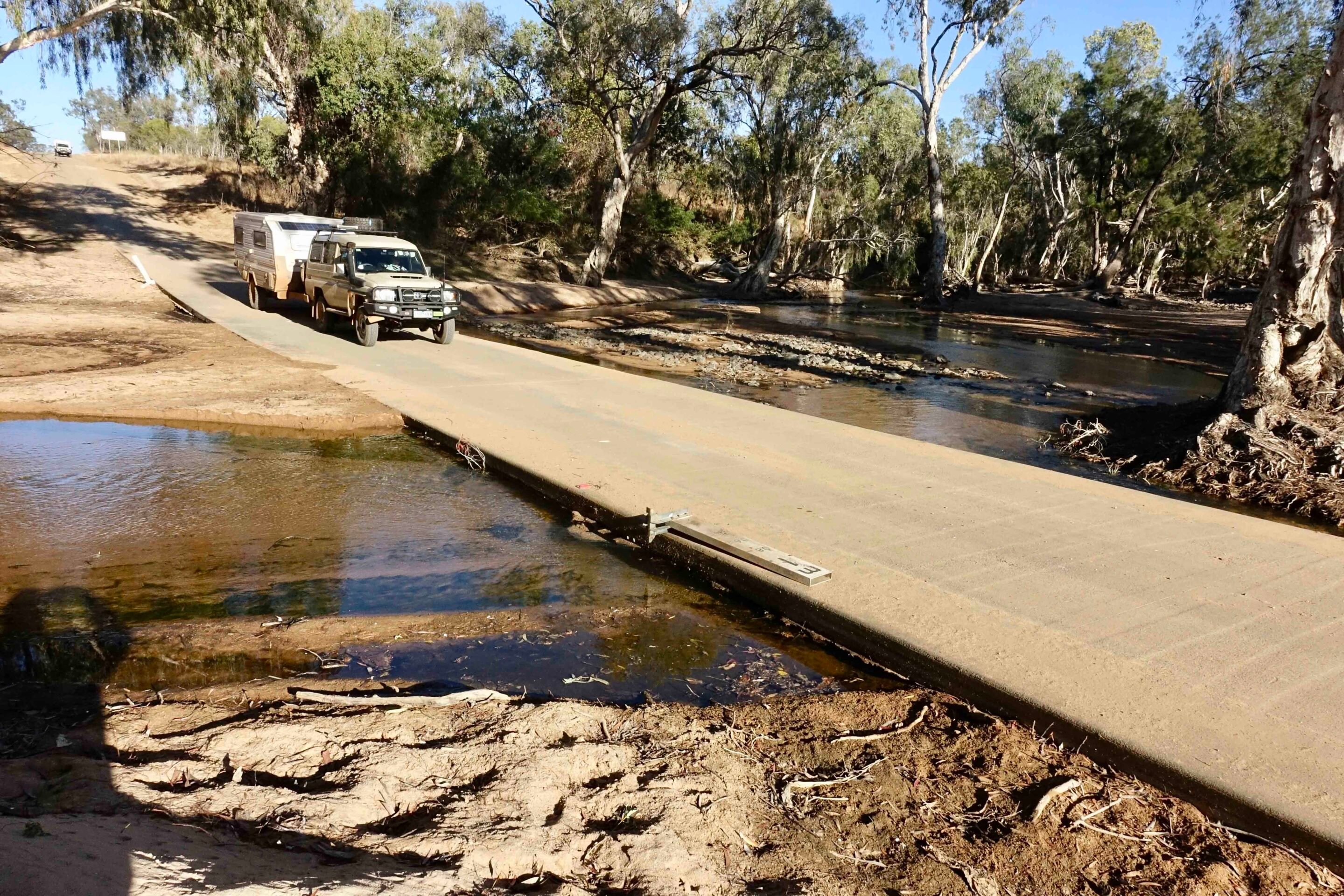
Gilbert’s grave: a historic marker
Securing access to these company-owned properties was a challenge, but the effort was worth it. We stood at the rough monument marking (or approximating) the final resting place of John Gilbert – the expedition’s naturalist – killed in June 1845 during an Aboriginal attack on their camp.
Although the monument may not mark the exact grave, it’s the most credible site modern explorers can access. In 1985, an army group aided Professor B. Dalton of James Cook University in locating the site using a caesium magnetometer. Later, Glen McLaren retraced Leichhardt’s track on horseback and motorbike, recording key campsites – including Gilbert’s final one.
Despite differing views on the exact location, the army-erected monument has become the accepted site. A white marble slab, visible from the air, and a plaque added in 1999 by the Eacham Historical Society give it gravitas. The visitor’s book, worn and tattered, shows only a handful have reached this lonely place in the last four decades. We were proud to join that list.
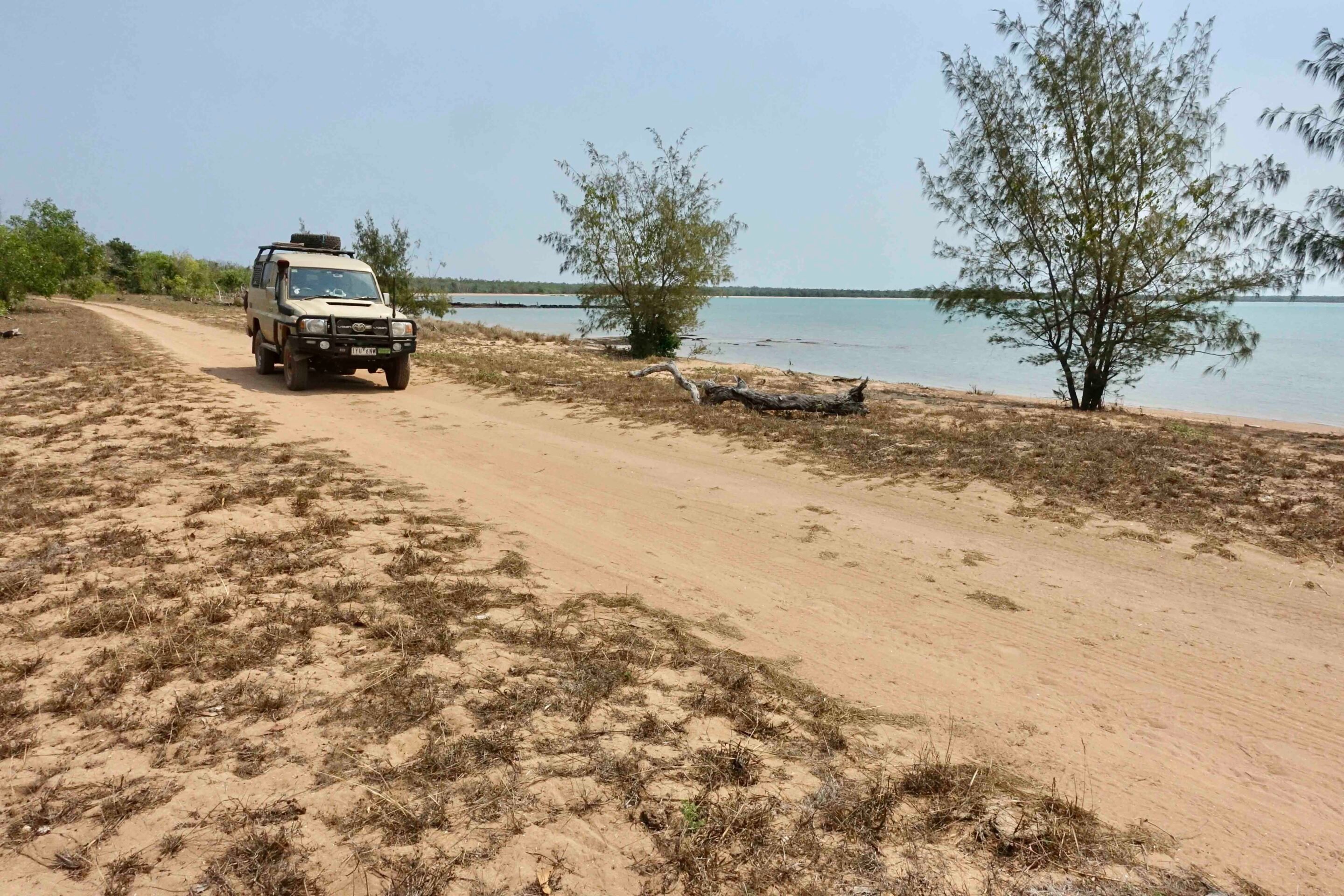
Leichhardt Falls and Gulf Country stories
After our success, we headed to Normanton, then west to the stunning Leichhardt Falls – now a popular stop on the Gulf tourist circuit. Campers dotted the area near the falls and gorge downstream. Leichhardt’s team crossed the river downstream in 1845 but left it unnamed; A.C. Gregory named it in 1856.
Modern roads loosely follow Leichhardt’s original route, closer to the coast. Keen to follow in his footsteps, we continued to Seven Emu Station, a massive property owned by the Garawa Shadforth family.
Established in 1953 by Willie Shadforth – one of the first Aboriginal people to buy a pastoral lease – Seven Emu today welcomes adventurous travellers. While chatting with Frank Shadforth, we learned the station’s name origin. “It was that bloke Leichhardt,” Frank said, grinning. “They killed seven emus and had a big feed.” I took his story with a grain of salt – but loved every bit of it.
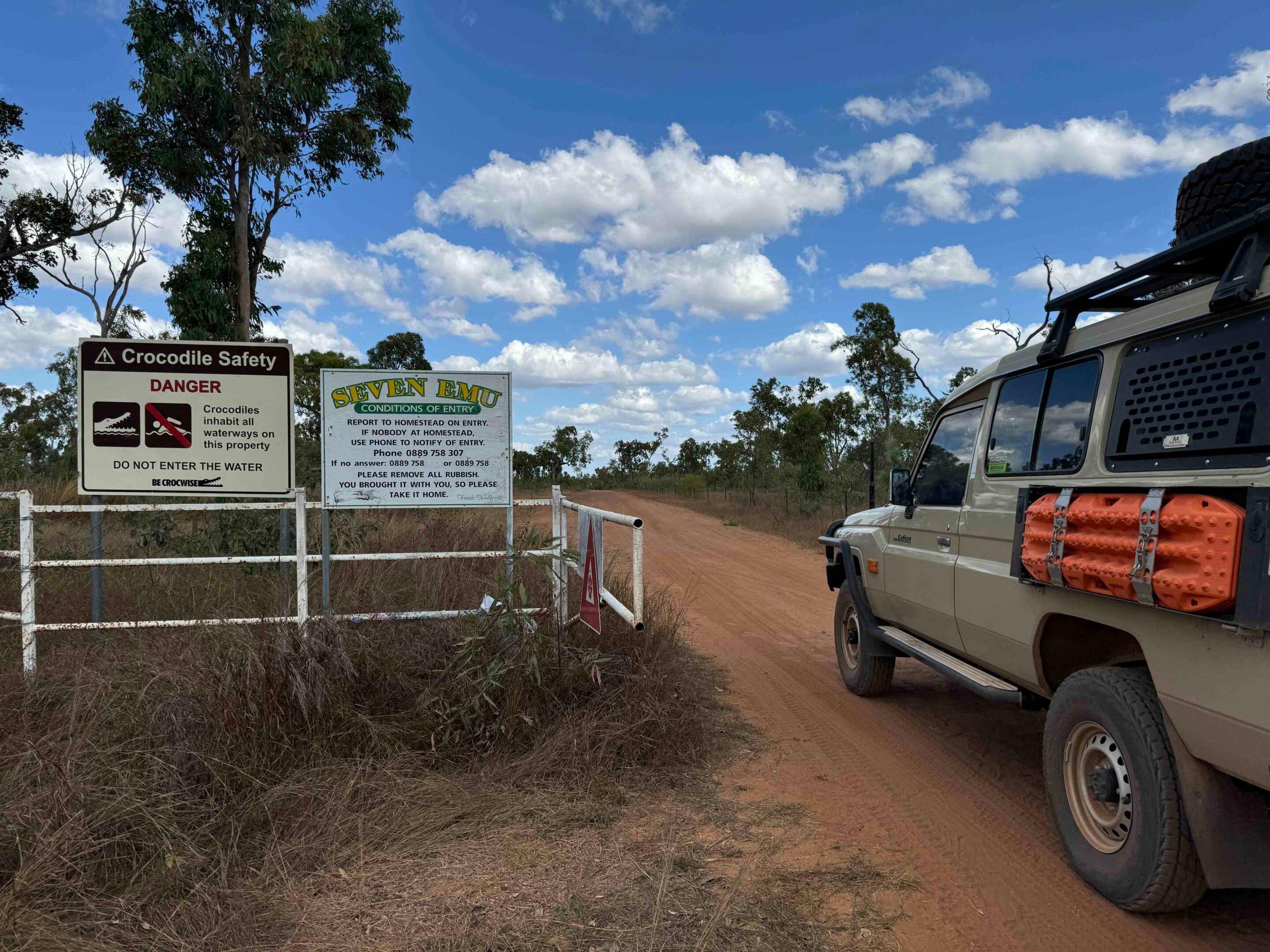
Through Limmen National Park and beyond
We then ventured south, entering Limmen National Park, where we explored the Southern Lost City – a maze of rock spires named to distinguish it from others in the region. Though the names could be more imaginative, the place was stunning. We camped nearby, enjoying shady morning walks, birdsong, and clouds of butterflies glinting like diamonds.
From there, we crossed the Roper River at Roper Bar, the same rocky crossing Leichhardt used. Nearby, in the overgrown old police post yard, we found another surprise – an understated monument to Leichhardt and his men.
Final leg to Port Essington
Our journey ended with a drive through Kakadu, then across Cahill Crossing into Arnhem Land, retracing Leichhardt’s approach to Port Essington. We reached Garig Gunak Barlu National Park and camped at Black Point, near the ranger station.
A fast boat trip took us across Port Essington to the ruins of Victoria – the expedition’s ultimate goal. More ruins remain than expected, including the officer’s quarters, the most photographed relics. As I walked among them, I thought of Leichhardt’s achievements – and the irony that this symbol of civilization is now reclaimed by nature.
Leichhardt returned to Sydney, then set out again. His third expedition vanished, sparking one of Australia’s great exploration mysteries. Perhaps that will inspire our next journey.
Leichhardt literature
- Leichhardt’s expedition book
- Into the Unknown by John Bailey – a compelling biography of Leichhardt
- Beyond Leichhardt by Glen McLaren – explores the expedition route and bushcraft
- Where is Dr Leichhardt? by Darrell Lewis – the definitive account of Leichhardt’s disappearance
We recommend
-
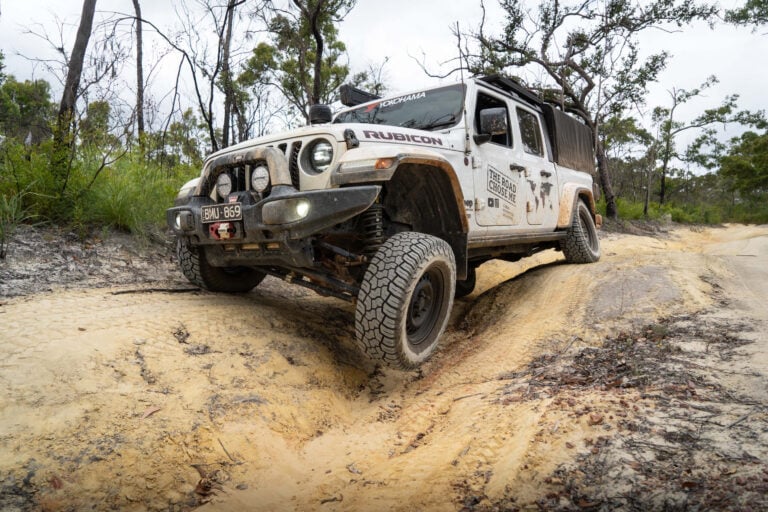 Explore QLD
Explore QLDFor those up for a challenge, Frenchmans Track in FNQ has it all
Deep water and jungle madness in Far North Queensland!
-
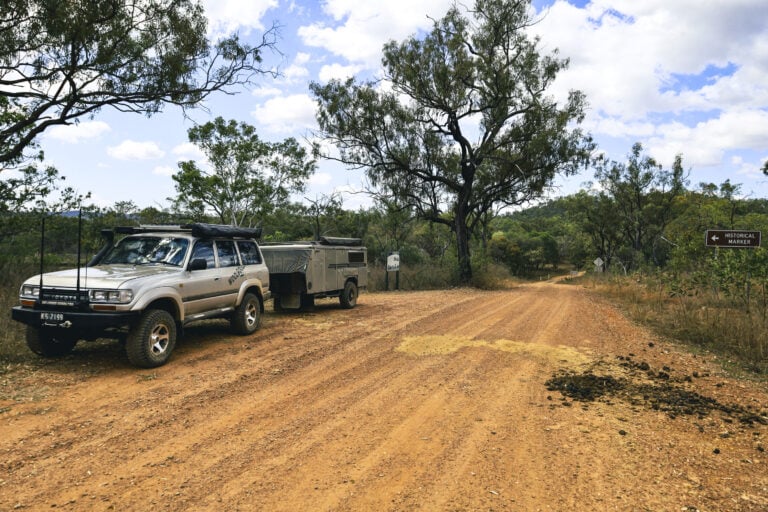 Explore QLD
Explore QLDThe drive from Herberton to Petford in FNQ has it all
Stunning waterfalls, amazing rainforest pockets, unique flora and fauna, and loads of interesting history!
-
 Explore QLD
Explore QLDTaking on CREB Track in Cape York, one of Australia's most dangerous 4x4 tracks!
A trip up The Cape provides an opportunity to explore the ancient rainforests of FNQ

